Trail walking shoes vs hiking boots: which is best for backcountry adventures?
It's the battle of trail walking shoes vs hiking boots! Who will emerge victorious as they go up against each other for the accolade of trail champ?
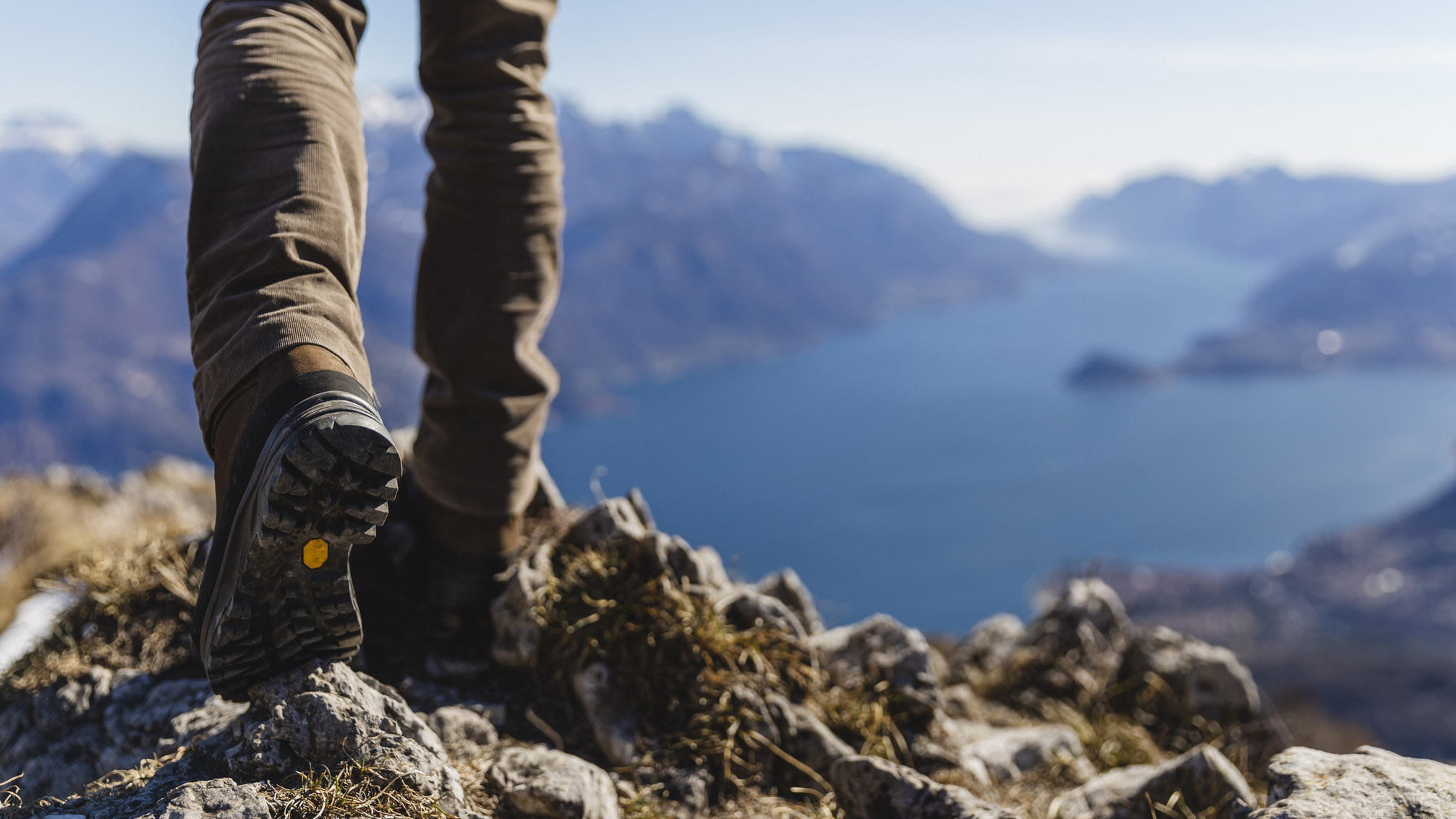
We're pitting trail walking shoes vs hiking boots to see which one is still swinging after twelve rounds in the wilderness. Will the traditional hiking boot, with its many reinforcements and supreme ankle support, win through, or will the lightweight stylings of a hiking shoe kick its boot counterpart out of the ring?
Finding the winner in this battle becomes more difficult with every passing year. This is because the range of hybrid footwear options that bridge the gap between full-on boot and hiking shoe grows with each season. It's almost as if the hiking boot and the trail walking shoe got together and decided to start a family.
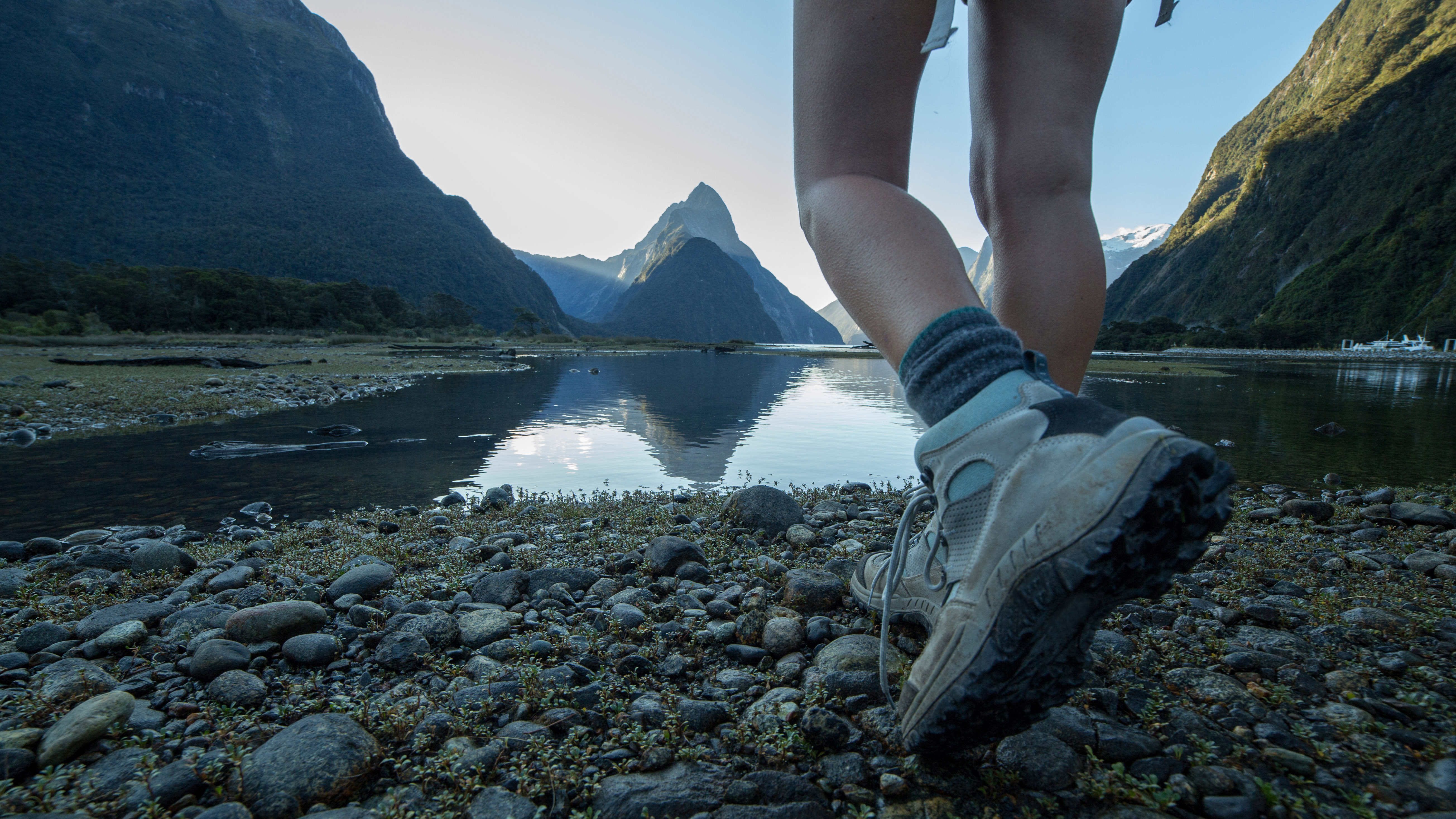
We know that the best hiking boots give you unbeatable protection from rugged terrain, all while keeping your feet comfortable and dry. Their cocktail of stiff roles, reinforced toe boxes and high ankle support, finished with a dash of GORE-TEX makes them the armoured tanks of the hiking world.
But sometimes, when you're faced with a long slog in the mountains, it can be ever so tempting to go with something rather lighter. This is where the best hiking shoes come in, designed to walk trails for hours, provide similar protection from the terrain and elements, yet not weigh you down quite so much. Well, let's get down to it shall we: let the battle of trail walking shoes vs hiking boots commence.

Protection
In the battle of trail walking shoes vs hiking boots, at first glance it would appear there could be only one winner here. Boot designs might vary hugely in terms of how high the cuff is or how meaty and thick the outersole is, but virtually without exception, they are always going to put up a better defence against accidents (twisted ankles) and injury from trail hazards (from nettle stings and thorn scrapes to rock fall and snake bites) than a shoe.
A boot will often have a protective rand over the toe box, while these are less substantial or non-existent on trail shoes. The higher, lace-lashed cuff on a boot not only supplies superior protection for your ankle, it also means the waterproofing system on the footwear still operates effectively in deeper streams, bogs and snow. And, especially if the tongue is integrated (which most are), will stop grit and other annoying particles getting into your boot.
Boots typically have a nice thick midsole with sophisticated cushioning (often multidensity EVA) to protect your foot and joints from the impact of multiple footfall. If you're taking on America's best thru-hikes or bagging mutliple Munros in Scotland, your ankles and knees will thank you for a sturdy boot.
All the latest inspiration, tips and guides to help you plan your next Advnture!
Having said all that, though, most good trail-running and hiking shoes will now have a really substantial outersole (often made by Vibram). Increasingly they will also incorporate a lightweight TPU (or similar) rock plate – a protective layer between outer sole and the inner, designed to stop sharp stones and sticks jabbing into the underside of the foot.
Many models are available with a breathable-waterproof GORE-TEX (or similar) lining that will provide protection from mud and trail juice, although only up to ankle-deep conditions, and tough uppers. So, in terms of protection, you could say that hiking shoes are certainly closer to their hiking boot counterpart than they are to trail running shoes.
Support
While hiking shoes can justifiably claim to cradle the foot beautifully, and provide excellent support for arches via ortholite insoles, that’s pretty much where it stops. By definition they’re not allowed above the ankle, so there can be no support of that particular weakspot in human design. A good boot with a decent lacing system will tightly hold onto your lower leg and provide all the ankle support you need on technical trails – something that becomes increasingly important when you’re carrying weight. Winter hiking boots are even more rigid and supportive, designed for the rigors of winter mountaineering.
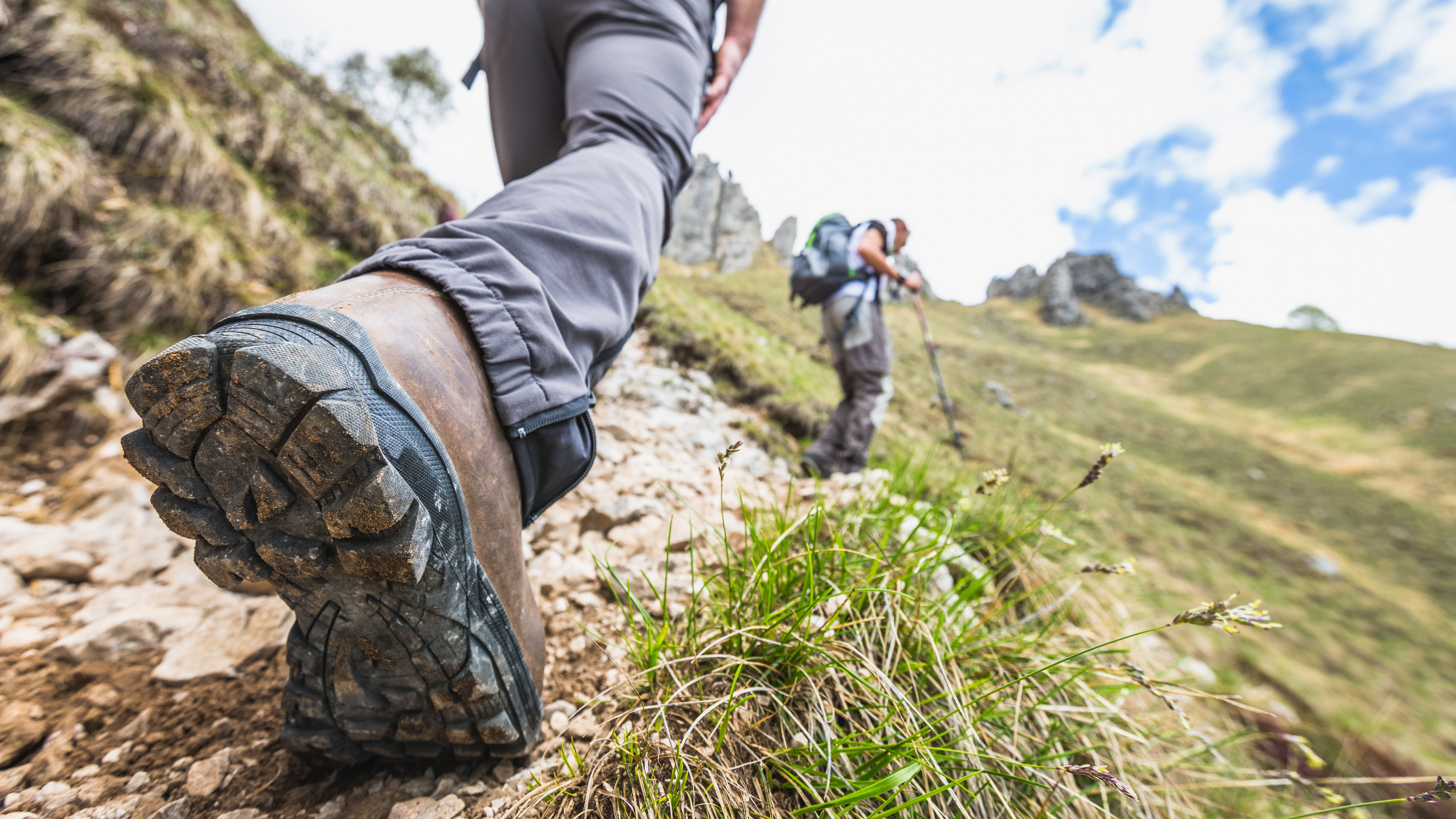
Balance
Again, to begin with it’s hard to reach any conclusion other than hiking boots will provide better balance than a shoe, by virtue of their ankle support and overall heft. This is especially true when you are carrying a backpack or daypack with any sort of weight in it, which will significantly affect your centre of gravity and make falling over a whole lot more likely.
However, if you are simply walking along trails with no baggage on your back, there is a case to be made for the more tactile nature of shoes, and the fact that they force to concentrate on the path ahead, choosing your footfall carefully as you go. Many trail shoes do have superb grip, and can play a large role in keeping you on your feet, and they will generally have a less pronounced drop (the height difference between the heel and the toe) than a traditional hiking boot, which can help with balance and gait. (It should be noted that not all hiking boots have heel rise – some designs, notably the Hoka One One boots – have adopted the reduced-drop or zero-drop designs now popular in trail-running shoes.)
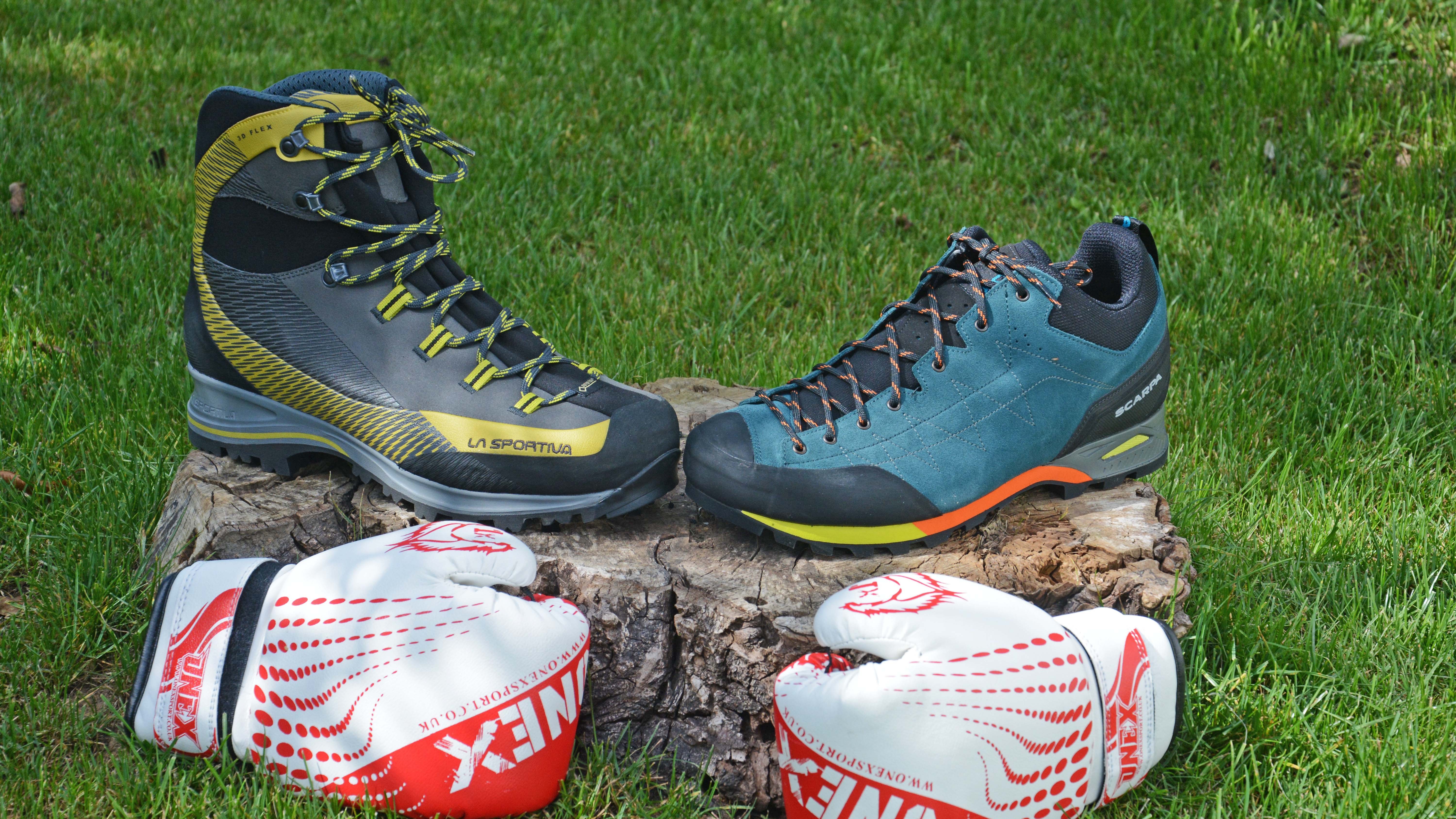
Weight
This round has to go to the lightweight challenger. While increasingly sophisticated technical materials are allowing boots to shed a few pounds, shoes are always going to be lighter than boots. Carrying less weight on your feet will literally lighten your step, making a walk more enjoyable, and you’ll use up less of your precious energy while lifting up one foot after another for tens of thousands of strides. This means longer distances can be covered more comfortably. Also, lighter and less bulky trail shoes are much easier to pack and transport while travelling, making them a good option for exploring trails while on holiday.
Comfort
This one very much comes down to the design of each individual boot and shoe and the shape of your foot – both can be either exquisitely comfy, or a blister blitzkrieg waiting to happen. However, typically shoes will feel lighter, cooler and therefore much more comfortable on your feet in good conditions. On the other hand, in colder conditions, a boot will offer more cushioning and overall thermal protection from the elements.
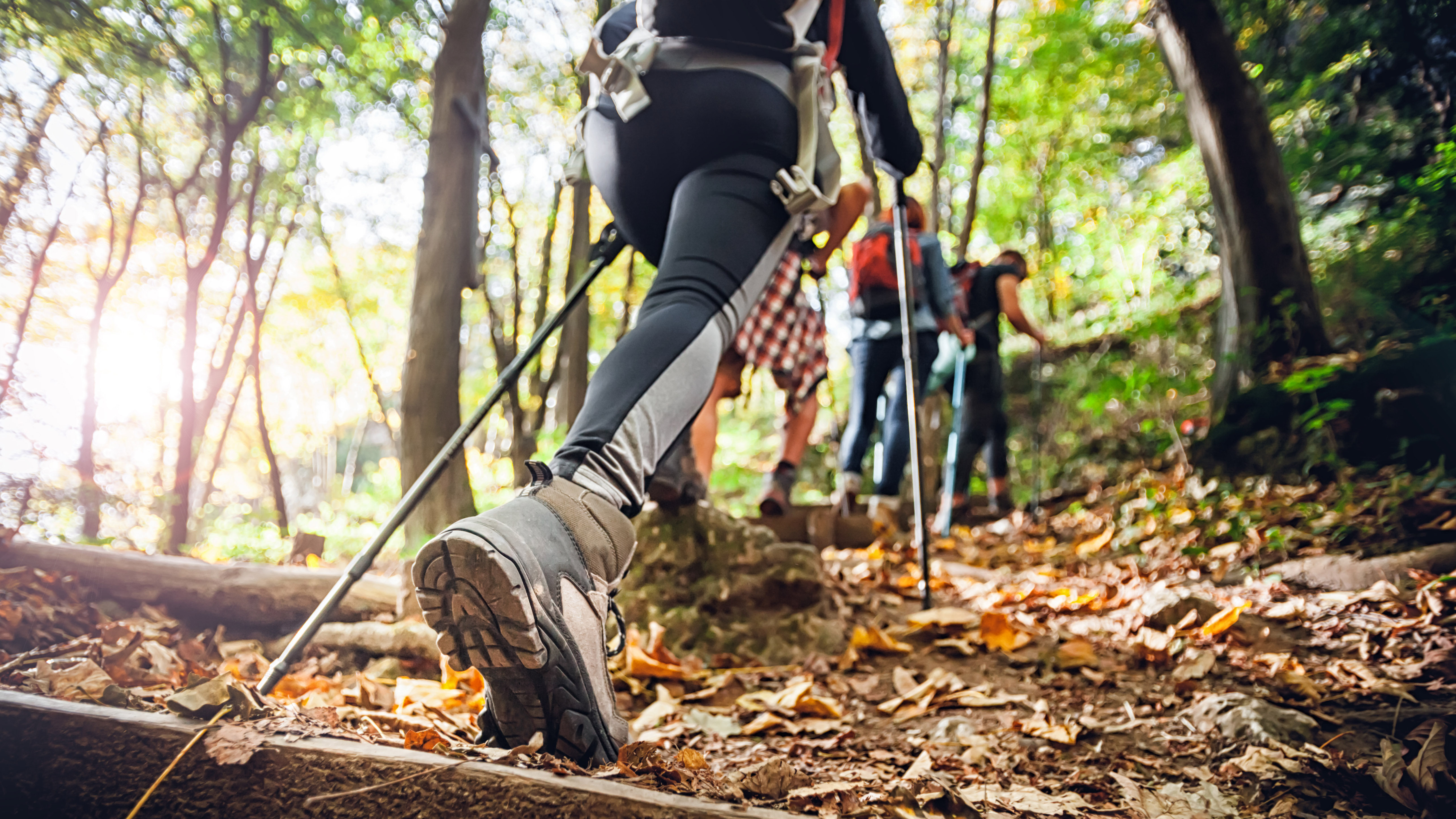
Grip
The outersole of some boots can have extraordinarily chunky and aggressive lugs, while trail shoes are typically slightly less toothy. That said, the design of outersoles is evolving all the time, and brands specializing in trail shoes are employing increasing grippy and tough materials – such as the graphene used by Inov-8. With these developments, many shoes offer a level of rock-grabbing grip to rival even the best boots.
If you're taking on a rocky scramble or two, approach shoes may be preferable. The best approach shoes hit the sweet spot between the durability and comfort of a hiking shoe and the grip of a climbing shoe, all while giving you great balance on technical terrain.
Durability
The heavyweight brawler in the red corner is the clear winner here, with heavier, harder-wearing materials (and thicker versions of those materials) typically used in the construction of boots, from the rubber in the soles and the leather/suede/synthetics employed in the chassis, to the studded metal lace loops and hooks.
Shoes are at a slight disadvantage in this round, as their all-round wearability (a bonus) means they’re likely to be used more often during any given space of time than boots – which people tent to reserve for bigger outdoor adventures – and will therefore show signs of wear and tear quicker. Quite a number of quality brands – for example Scarpa and Meindl – will also resole footwear when the business end of the boot (or shoe) is beyond its peak performance level.
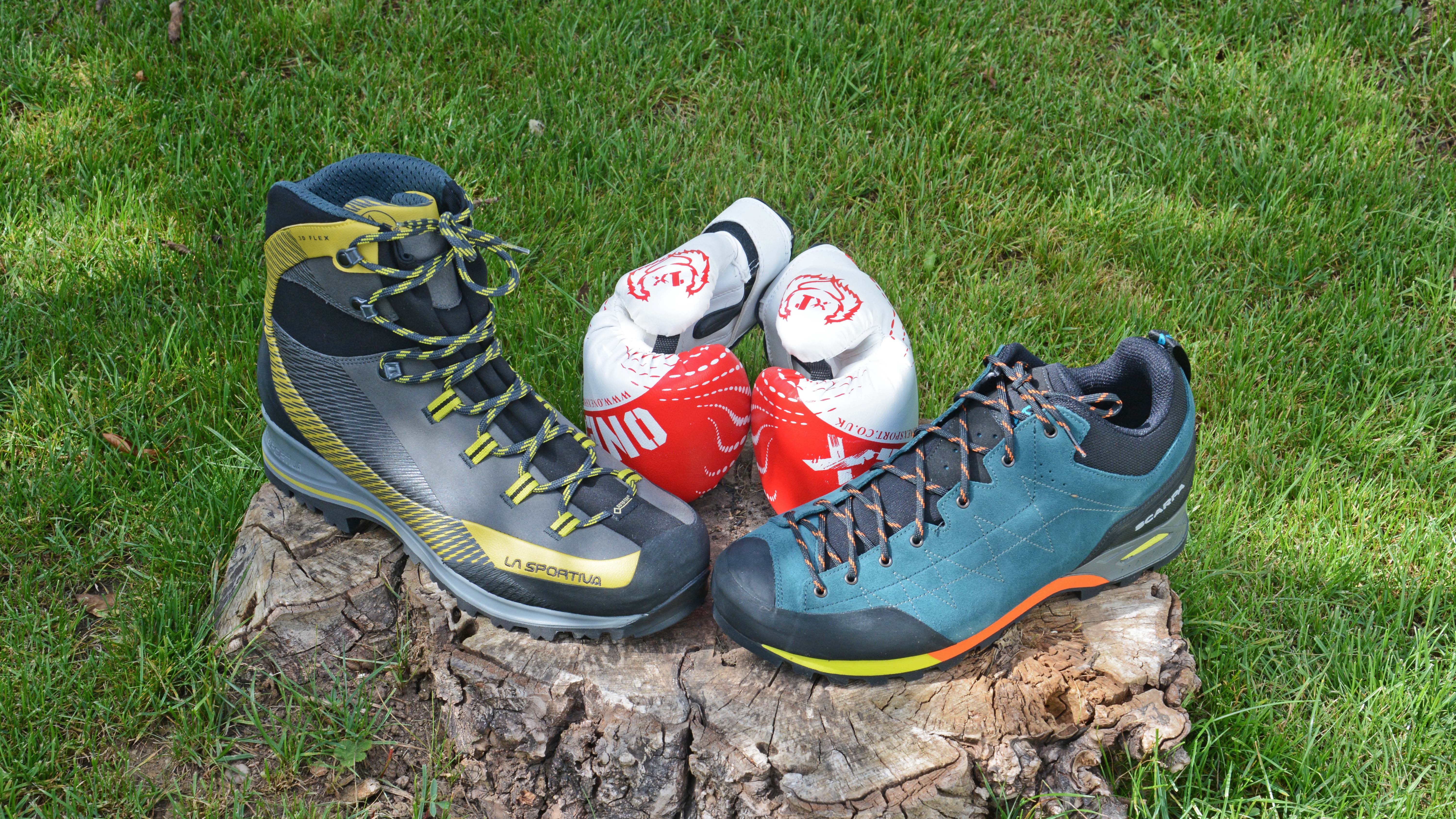
Versatility
This round has to go to the shoes, which can keep step with most boots on many trails, but also look great with a pair of shorts or jeans in the pub for pre-walk planning or post-adventure celebrations. They’re as comfortable on a quick stroll along the high street as they are in the high hills, whereas boots feel clunky and heavy when you’re not out on the trails. Plus… have you ever tried playing hacky sack in hiking boots?
Value
It’s a hard one to fairly score this round, because value cannot be measured directly against price, and while trail shoes will have a more modest RRP, they typically won’t last as long as a hiking boot (partly because they get used more). Lets go for a split decision on that round and call it a tie.
| Header Cell - Column 0 | Trail walking shoes | Hiking boots |
|---|---|---|
| Protection | Modern protection from the elements, injuries and trail hazards | Better protection from the elements, injuries and trail hazards |
| Support | Insole support only | Insole and ankle support |
| Balance | Superb grip and lower drop for walking without a pack | Superior when hiking with a pack |
| Weight | Light | Heavy |
| Comfort | Light, cool and breathable | Better cushioning and protection from the elements |
| Durability | More use, show wear and tear more easily | Used less, hardwearing materials |
| Versatility | Can be worn off the trail with regular clothing | Usually only worn on the trail |
| Price | More affordable | More expensive |
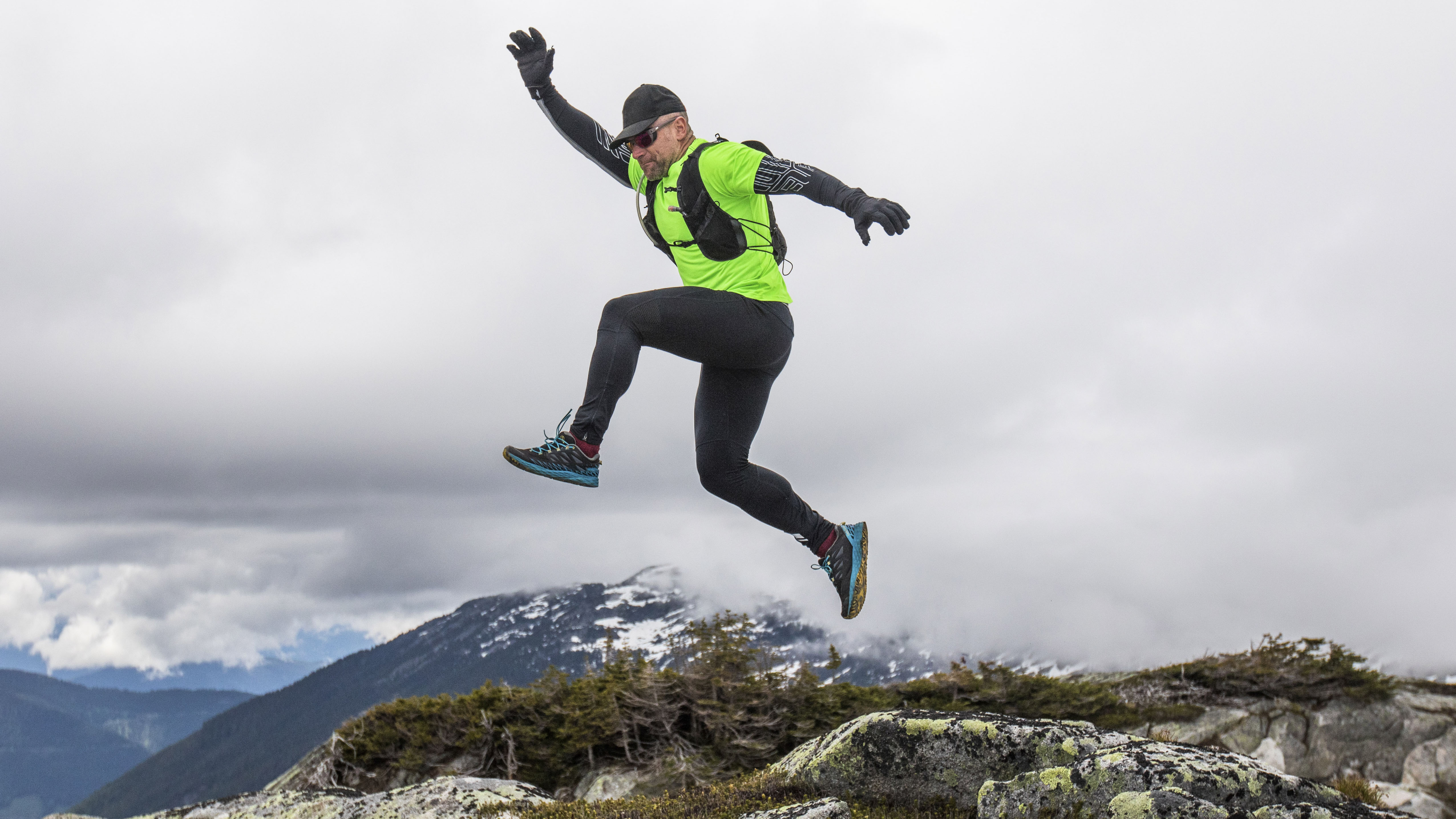
Results
In a purely points based decision, based on the considerations above, the judges would say the hiking boot was the winner – certainly on more technical and challenging trails in higher regions, and certainly if you’re carrying a backpack. However, various climate considerations must be made here, and if you are doing most of your walking on low-level forest trails, countryside footpaths and coastal tracks, then walking shoes would clearly be better.
Sometimes boots can simply be too technical for the escapades and adventures you want to enjoy. Like an overprotective parent, they can drain some of the fun from the experience with their nagging weight, while a shoe will let you truly enjoy the freedom of the trail. Switching from a heavy boot to a lightweight trail shoe for a day walk in good conditions can give you the same sense of relief as jettisoning a heavy pack for a daypack.
All things considered, it’s a split decision that requires a selection to be made according to the landscape you like walking across, and the conditions underfoot at the time. Ideally, having a pair of boots and trail shoes in your footlocker is the ideal outcome, but if that’s not possible, there are some models that meet in the middleland between both worlds, such as the Roclite G 345 GTX from Inov-8, which is both lightweight and offers some ankle support. However, there are limitations to how far you can push these sorts of boots.
And all this is before we get onto the differences between trail running shoes and trail walking shoes, and which is best for what adventure… but that is an argument for another time.

Author of Caving, Canyoning, Coasteering…, a recently released book about all kinds of outdoor adventures around Britain, Pat has spent 20 years pursuing stories involving boots, bikes, boats, beers and bruises. En route he’s canoed Canada’s Yukon River, climbed Mont Blanc and Kilimanjaro, skied and mountain biked through the Norwegian Alps, run an ultra across the roof of Mauritius, and set short-lived records for trail-running Australia’s highest peaks and New Zealand’s Great Walks. He’s authored walking guides to Devon and Dorset, and once wrote a whole book about Toilets for Lonely Planet. Follow Pat’s escapades on Strava here and Instagram here.
